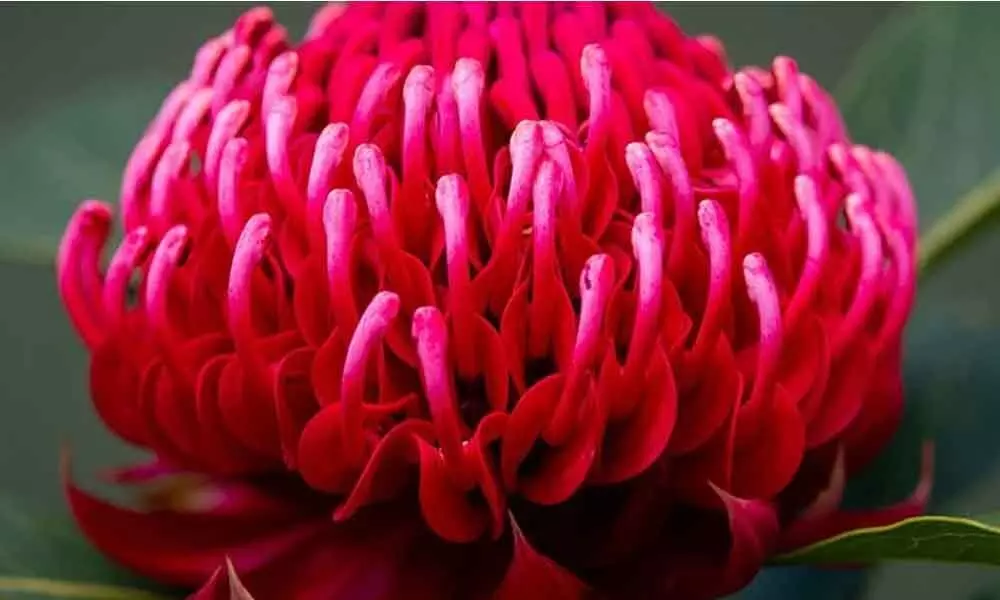Study Reveals That Expansion In The Varieties Of Life Present In The Earth Were Driven By Flowering Plants

(asiafoto/Getty Images)
- According to a research published in 2021, flowering plants were responsible for the expansion in the diversity of life on Earth.
- They were known as angiosperms, which roughly translates to seed vessels in Greek.
According to a research published in 2021, flowering plants were responsible for the expansion in the diversity of life on Earth. Flowering plants make up the majority of the plants we eat, drink, wear, and build with today. They were known as angiosperms, which roughly translates to seed vessels in Greek.
Pennsylvania State University paleobotanist Peter Wilf said that over a million species of modern insects rely on angiosperms for their survival, whether as pollinators like bees and wasps, leaf-eaters like beetles, locusts, and bugs, or nectar-feeders like butterflies. Spiders, lizards, birds, and mammals all devour these insects. Most organisms on Earth existed in the oceans hundreds of millions of years ago, which makes sense given that these aquatic locations cover over 70% of our planet's surface. However, the majority of life's diversity is now found on land.
It happened to coincide with a number of breakthroughs in angiosperm biology. Several of the plant groups humans know today developed during this time, with a dramatic rise in fruit and seed size that drives for the creation of more fruit-eating animals.
University of Bristol paleobiologist Michael Benton and colleagues claim in a recently published literature assessment that flowering plants drove the shift, that began roughly 100 million years ago. He stated that flowering plants had been present for a long time, but they became increasingly abundant in the Cretaceous period, which spanned the last 70 million years of the dinosaur era.
However, it appears that dinosaurs did not chose to eat them, instead preferring to eat ferns and conifers such as pines. Moreover, it wasn't until the dinosaurs died out that angiosperms truly took off in terms of evolution.
The Angiosperm Terrestrial Revolution, as the team calls it, was previously missed since it was perforated by the cataclysmic extinction catastrophe that wiped non-avian dinosaurs out of the picture. Many types of creatures were wiped out by the asteroid hit, including 70% of marine species; nevertheless, when life returned, it was insects, birds, mammals, and reptiles on land who triumphed.
The team believes that these floral evolutionary trials have caused life on land to evolve in four ways.
To begin with, as flowering plants moved into new environments, evolution twisted them into a bewildering assortment of new forms. These new structures, molecules, and reproductive tactics opened up new possibilities for the various living forms that were forming around them.
Angiosperms grew enormously diversified, but they also generated tremendous amounts of niches for other plants and animals, resulting in tens of thousands more species per hectare of Earth's surface than if angiosperms had not founded themselves whenever they did. As a result of the increased productivity, these plants produced and traded more energy.
The following new food sources, which ranged from lush vegetation to attractive high-energy treats for pollinators, spawned a slew of mutualistic interactions between plants and animals, initiating a cascade of other new biodiversity chances all the way up to the topmost predators.
















